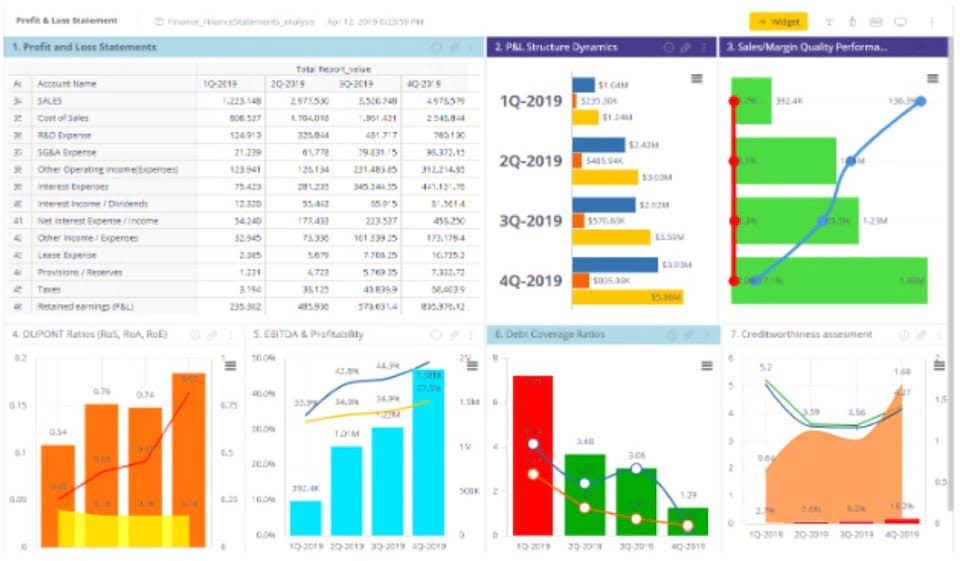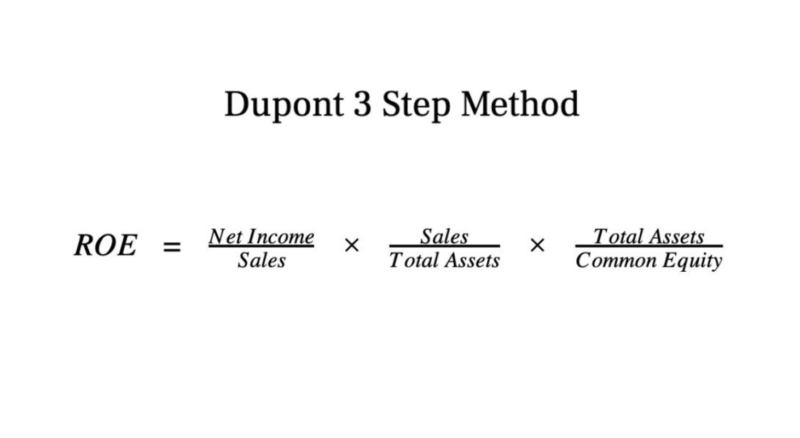
To simplify your negative retained earnings retained earnings calculation, opt for user-friendly accounting software with comprehensive reporting capabilities. There are plenty of options out there, including QuickBooks, Xero, and FreshBooks. Run your Profit & Loss statement for same period and change DISPLAY COLUMNS to Years. By recording profits in retained earnings, the company increases its assets and enhances its value without incurring debt. To address this, companies need to implement strategic measures such as restructuring, cost-cutting initiatives, and transparent communication to rebuild investor trust and enhance market confidence.
Investor Confidence Rises As zSpace (ZSPC) Achieves Key Milestone

Longer-term problems may have to do with fundamental shifts in demand due https://www.bookstime.com/articles/minimum-wages to changing consumer preferences. This was the case with Blackberry’s dramatic decline in 2013 due to the popularity of Apple and Samsung smartphones. This can also occur with technological advances that may render a company or sector’s products obsolete, such as compact-disc makers in the early 2000s.

Negative Retained Earnings: Definition, Impacts, and Effects
- Investors are often willing to wait for an earnings recovery in companies with temporary problems but may be less forgiving of longer-term issues.
- These inaccuracies not only impact current performance assessments but also affect future decision-making.
- Negative retained earnings can occur due to a variety of reasons such as increased expenses, declining sales, poor management decisions, or economic downturns.
- One way to assess how successful a company is in using retained money is to look at a key factor called retained earnings to market value.
- Retained earnings are the portion of a company’s profits that are kept for reinvestment or distribution to shareholders.
- Excessive dividend payments can deplete a company’s retained earnings when the amount distributed to shareholders surpasses the profits generated.
- A sample presentation of this format appears in the following exhibit, which contains the equity section of a balance sheet.
A primary cause is sustained net losses, which occur when a company consistently spends more than it earns. High operating costs, declining sales, or ineffective cost management contribute to retained earnings this situation. For instance, a company in a competitive industry may struggle to maintain market share, leading to reduced revenue and pressure on margins.
Management and Retained Earnings
It may be tempting to keep things simple with a final profit or loss amount, but each line item helps you understand how and why your business is making or losing money. One of those figures is called retained earnings if in the black or negative retained earnings if in the red. Here, we’ll focus on what negative retained earnings mean and what they indicate for the success of your business. They are a measure of a company’s financial health and they can promote stability and growth. Retained earnings refer to the historical profits earned by a company, minus any dividends it paid in the past. To get a better understanding of what retained earnings can tell you, the following options broadly cover all possible uses that a company can make of its surplus money.

The decision to retain earnings or to distribute them among shareholders is usually left to the company management. However, it can be challenged by the shareholders through a majority vote because they are the real owners of the company. A leveraged buyout (LBO) is a transaction in which a company or business is acquired using a significant amount of borrowed money (leverage) to meet the cost of acquisition. Andy Smith is a Certified Financial Planner (CFP®), licensed realtor and educator with over 35 years of diverse financial management experience.
- The resultant number may be either positive or negative, depending upon the net income or loss generated by the company over time.
- If a company is struggling to recover from negative retained earnings, it may be helpful to seek the advice of a financial professional or turnaround expert.
- Although liquidity ratios like the current ratio do not directly incorporate retained earnings, they can still be indirectly affected.
- A persistent deficit highlights ongoing financial challenges, prompting scrutiny of operational strategies and financial decisions.
- As an investor, one would like to know much more—such as the returns that the retained earnings have generated and if they were better than any alternative investments.
- The significance of retained earnings lies not only in what they represent but also in their potential impact on strategic decision-making within an organization.

 I am Astrologer Liaquat Sibtain. I have over 40 years of Experience in Astrology.
I am Astrologer Liaquat Sibtain. I have over 40 years of Experience in Astrology.